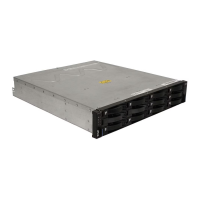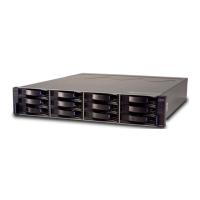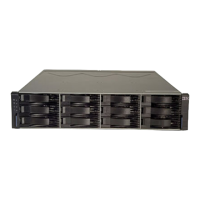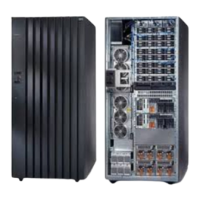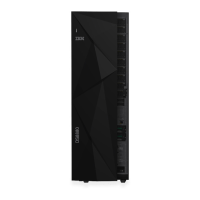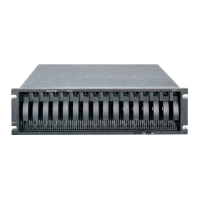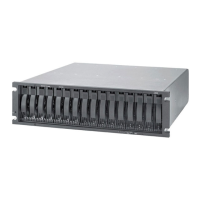AIX.fm Draft Document for Review March 28, 2011 12:24 pm
652 IBM System Storage DS3500: Introduction and Implementation Guide
21.3 Setting up the DS3500 logical drives and host mapping
Map the logical drive(s) to the AIX operating system by using the normal procedure as
described in Chapter 11, “Administration - Mappings Tab” on page 281.
One of the important things to consider, is using the correct Host type when mapping the
logical drive to the host from the IBM Storage Manager as shown in Figure 21-3 on page 652.
When you define the host port, the host type of the attached host is defined as well. Through
this information, the DS Storage System modifies the NVSRAM settings to behave according
to the host type defined.
Figure 21-3 Defining the Host Type of the host
The most common of the specifications that differ according to the host type setting is the
Auto Volume Transfer function (AVT), which is set as enable for certain host types, and
disable for others. It is important to carefully choose the correct host type from the list of
available types, because this is the part of the configuration dealing with heterogeneous host
support. Each operating system expects slight variations in settings and can handle SCSI
commands separately. Incorrect selections can result in failure to boot, or loss of path failover
function when attached to the storage server.
For RDAC and MPIO always use the AIX host type.
AIX (with Veritas DMP) is used when third-party multipath drivers are installed. For example
to use Dynamic Multi-pathing (DMP) as the default multipath driver. DMP is part of VERITAS
Volume Manager.
21.4 Scan and manage the storage logical drive from AIX
In this section it is assumed that the logical drive is already mapped to the system. For a
detailed procedure.
In order to discover new devices on AIX, the cfgmgr command must be used. This command
configures devices and optionally installs devices software into the system.
In order to discover new devices on Virtual I/O Server, the cfgdev command must be used.
This command does the same function as cfgmgr and is only applicable to VIOS.
The Example 21-12 shows the disk that we configured for the DS3500 Storage Subsystem.
The third column shows the location code. In this example is 03-09-01. Each AIX system has
its own set of location codes that describe the internal path of that device, including bus and

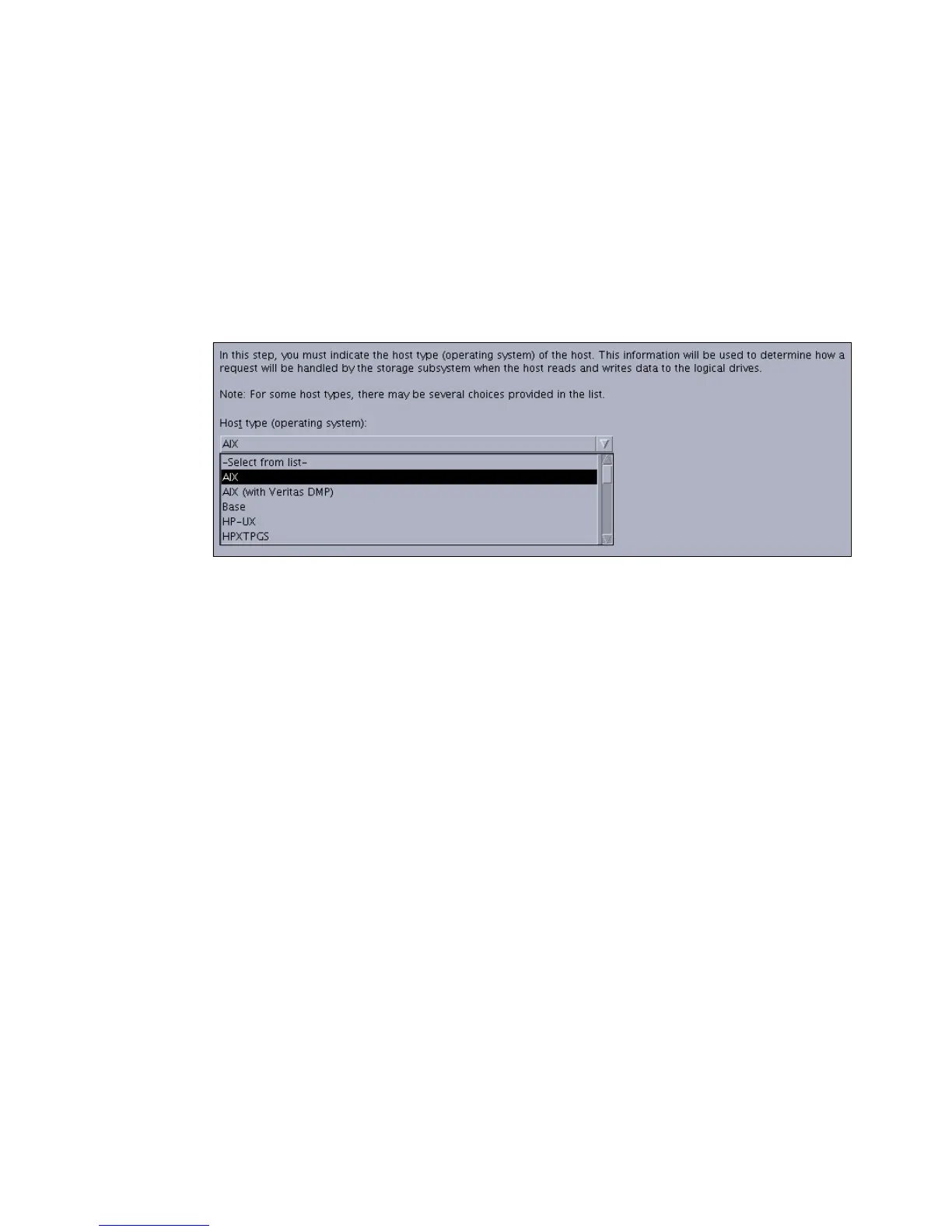